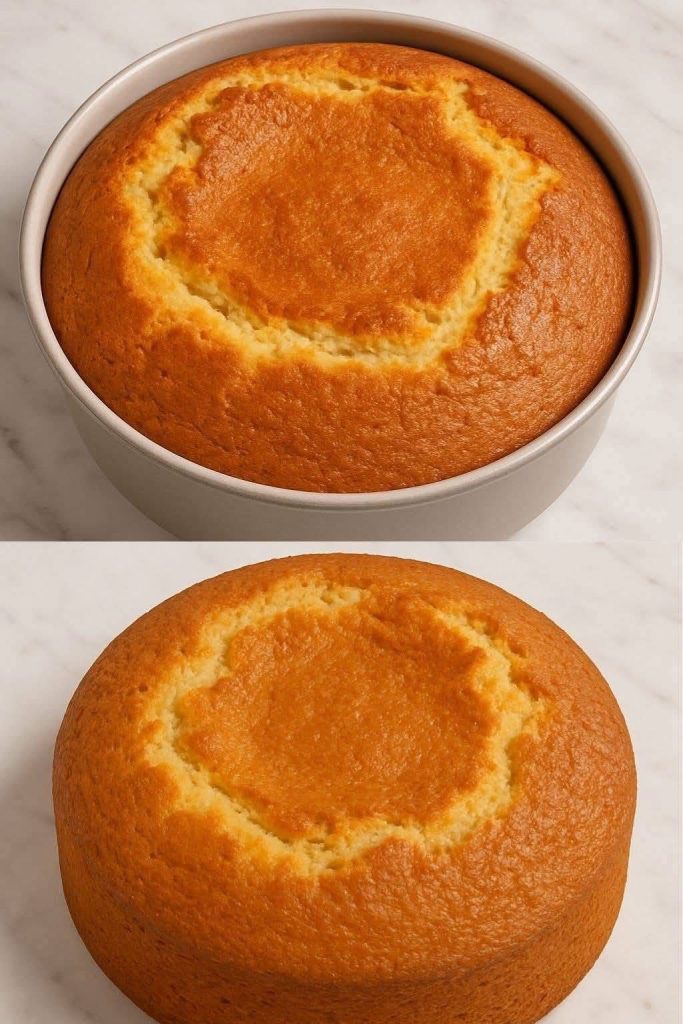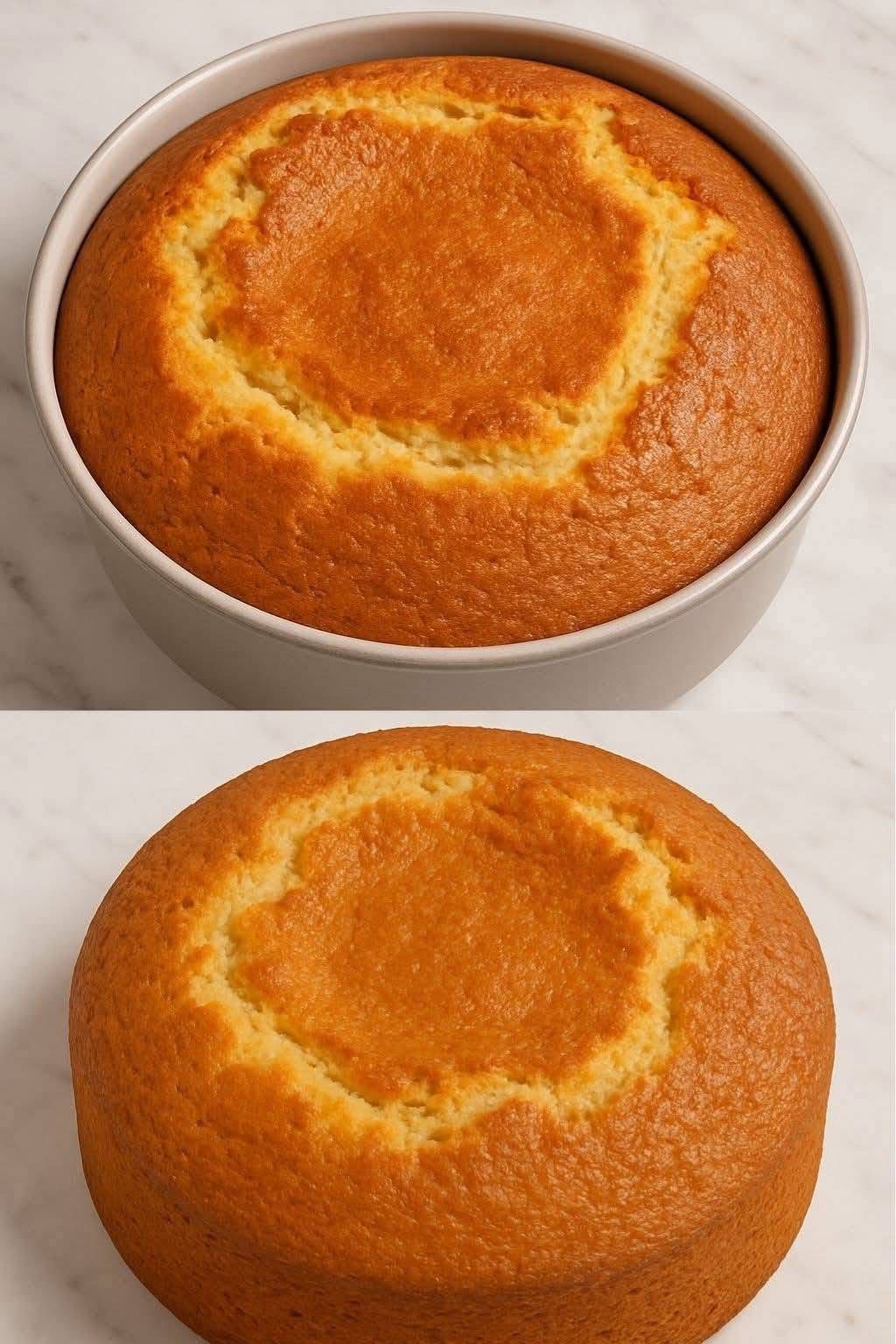Classic Vanilla Butter Cake

Introduction
This vanilla butter cake is a timeless classic—moist, fluffy, and packed with rich buttery flavor. It’s perfect on its own, layered with frosting, or used as a base for elaborate desserts. The crack on the top is a natural result of oven spring when the batter rises quickly in a hot oven, creating a rustic and homemade charm.
Ingredients
For One 8-inch Round Cake:
- 1 cup (225g) unsalted butter, softened
- 1 ¼ cups (250g) granulated sugar
- 4 large eggs, room temperature
- 2 ½ cups (310g) all-purpose flour
- 2 ½ tsp baking powder
- ¼ tsp salt
- 1 cup (240ml) whole milk, room temperature
- 1 tbsp pure vanilla extract
- Optional: 1 tsp almond extract for extra flavor
Instructions
- Preheat Oven:
- Set to 350°F (175°C). Grease and flour an 8-inch round cake pan or line it with parchment paper.
- Cream Butter & Sugar:
- In a large mixing bowl, beat butter and sugar until light and fluffy (about 4-5 minutes). This creates air pockets, making the cake light.
- Add Eggs:
- Add eggs one at a time, beating well after each addition. Scrape down the sides of the bowl as needed.
- Dry Ingredients:
- In a separate bowl, whisk together flour, baking powder, and salt.
- Wet Ingredients:
- In another bowl or measuring cup, mix milk with vanilla (and almond extract if using).
- Combine:
- Add the flour mixture to the butter mixture in 3 additions, alternating with the milk (beginning and ending with flour). Mix just until combined—do not overmix.
- Bake:
- Pour the batter into the prepared pan and smooth the top.
- Bake for 45–55 minutes or until a toothpick inserted in the center comes out clean. (Start checking at 45 minutes.)
- Cool:
- Let the cake cool in the pan for 10 minutes, then turn it out onto a wire rack to cool completely.
Method & Tips
- Room Temp Ingredients: Ensure butter, eggs, and milk are at room temp to prevent curdling and ensure smooth mixing.
- Don’t Overmix: Overmixing can cause a dense cake. Stop as soon as flour disappears.
- Crack on Top? Totally normal for butter cakes. You can trim the top if you want a flat layer for stacking.
Variations
- Lemon Butter Cake: Add 1 tbsp lemon zest and 2 tbsp lemon juice.
- Marble Cake: Swirl in ½ cup melted chocolate or cocoa batter.
- Fruit Cake: Add chopped berries or dried fruit tossed in flour.
Formation
This cake is often used as the base layer for:
- Birthday cakes
- Wedding cakes
- Layered sponge cakes with whipped cream or ganache
Serving Ideas
- Dust with powdered sugar.
- Top with fresh fruit and whipped cream.
- Frost with vanilla buttercream or chocolate ganache.
History
The butter cake is a descendant of the traditional English pound cake, which used equal parts butter, sugar, eggs, and flour. Over time, leavening agents like baking powder were introduced to make the texture lighter
Nutrition (per slice, assuming 10 slices)
- Calories: ~350
- Protein: 4g
- Carbs: 38g
- Fat: 20g
- Sugar: 22g
- Fiber: 0.5g
Benefits
- Versatile: Pairs well with any topping or filling.
- Sturdy Texture: Great for carving or decorating.
- Crowd-Pleaser: Loved by kids and adults alike.
Lovers of This Cake Say:
- “So simple, yet so rich and satisfying!”
- “My go-to recipe for birthdays and celebrations.”
- “Better than store-bought, and the kitchen smells amazing!”
Conclusion
This vanilla butter cake is a no-fail staple that every home baker should master. Moist, rich, and beautifully golden, it’s a treat that stands proudly on its own or as part of a layered masterpiece.
